

AI is arriving in universities at remarkable speed, but deciding how it should be used is proving far harder to match.
That was one of the clearest messages from the recent DIG25 roundtable hosted by Roc Technologies and the University of Reading – a conversation that surfaced not just what AI is doing in Higher Education, but what AI is demanding of it.
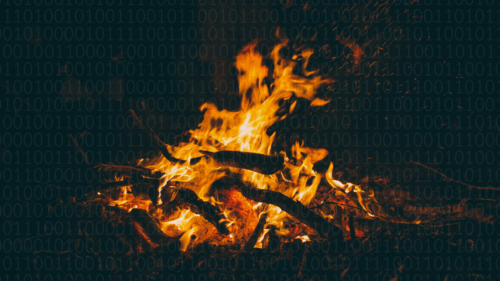
Every 5th November, Britain remembers Guy Fawkes – the man caught red-handed beneath Parliament with 36 barrels of gunpowder. Now, Guy Fawkes wasn’t a ‘modern-day’ hacker, but, if you squint, the Gunpowder Plot is a story about infiltration, hidden threats, and the thin line between luck and disaster – some may argue not too dissimilar to the playbook of today’s cyber adversaries.
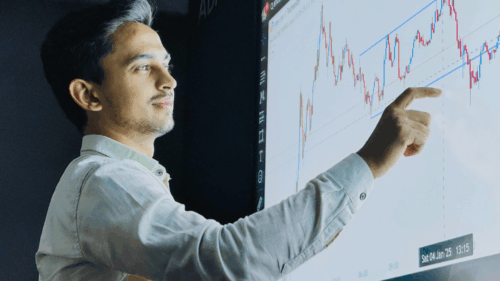
Not all change is progress.
Over the past 18 months, parts of the IT industry have been quietly rewriting the commercial rulebook. Several major vendors have shifted from perpetual licences to multi-year subscriptions, often accompanied by steep price rises and rigid terms.
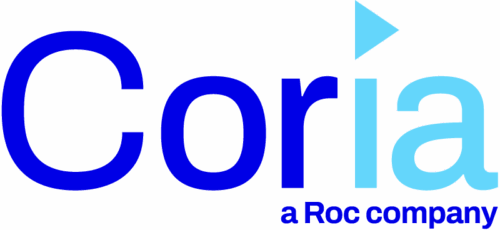
The Procurement Act 2023 marks a fundamental shift in UK public procurement, replacing broad principles with a new regime of prescriptive transparency. For contracting authorities managing parts of the UK’s £385 billion annual public spend, this legislation introduces a series of legally mandated, data-intensive reporting obligations.
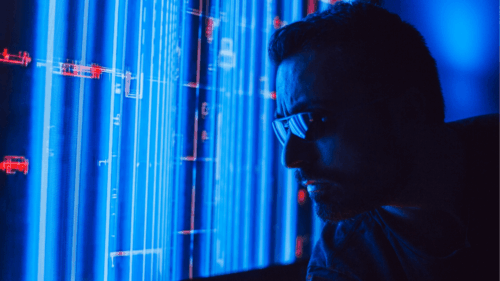
From NHS ransomware attacks to the Royal Mail being frozen out of global operations, cyber threats are no longer theoretical – they’re national disruptions. As attacks grow more targeted, stealthy, and sophisticated, the UK Government is taking a bold step to plug the legislative gaps and put resilience on the boardroom agenda.
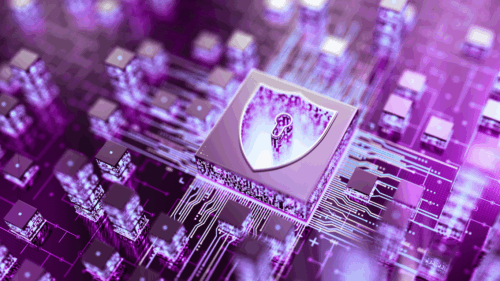
It may come as a surprise, but most cyberattacks don’t happen at 10 am on a Tuesday.
More often, they happen when your teams are offline: when your SOC is running on minimal staffing, when an alert gets buried under hundreds of others.

AI adoption in IT is not uniform. The most advanced tools often require significant investment in licensing, infrastructure and integration. As a result, access to AI capabilities is often dictated by budget, not just technical readiness and expertise.

If your data is exposed on the dark web, but you don’t know about it – can you still be held accountable?

Like many industries and sectors, AI and automation are already changing the structure of IT teams. Routine operational work that used to be handled by junior engineers is increasingly carried out by intelligent systems. That work hasn’t disappeared, it’s just being done without human involvement.